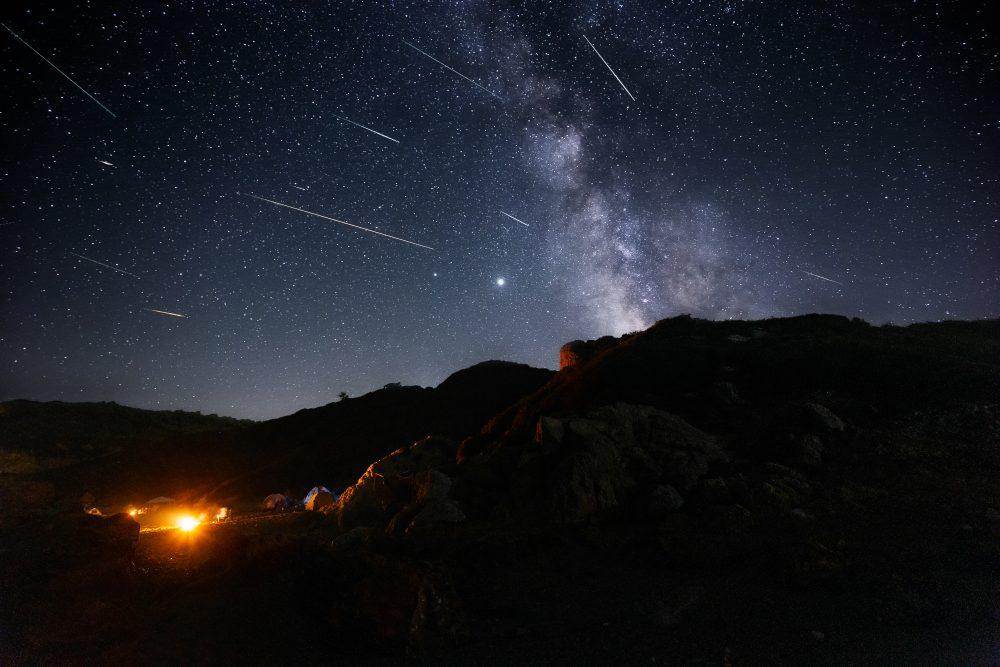Another reason to look to the skies for inspiration: The annual Perseid meteor shower si underway and it will continue to increase in intensity over the next several weeks.
This annual celestial showcase is caused by the Earth passing through the debris trail of the comet Swift-Tuttle. This this estival meteor shower has been shown to produce as many as 50 to 100 meteors per hour under clear skies, according to NASA.
Many of the meteors attributed to the Perseids have colorful, lingering tails that create streaks of light across the sky. This shower can also produce fireballs which are brilliant meteors that can be witnessed over a very wide area. This awesome display combined with the beauty of a summer’s night make the Perseids a popular and much revered highlight for stargazers throughout the Northern Hemisphere.
The Perseids started on July 14 this year and will continue their dance across the skies through to September 1. They will hit their peak overnight on the night of August 12 into the early morning of August 13. The meteor sightings will gradually increase from now until that peak night, after which they quickly drop off, according to the astronomy website EarthSky.
This year’s Perseids peak will occur just prior to the new moon on August 16. This is an added bonus as new moons create optimal conditions for nighttime skywatching as they allow the darkest skies possible making for an extra robust meteor shower experience, as even faintest of meteors will not be washed out by moonlight.
While it is technically possible to view this meteor shower as early as 10 p.m., experienced skywatchers have said that the Perseids grow more plentiful as the night wears on, and that the best of the viewing in the Northern Hemisphere occurs during the pre-dawn hours — meaning that, in order to achieve peak viewing, it is best to plan to stay up late or set an alarm.
One will not require special equipment such as binocular or telescopes to view the meteor shower, however the experience is best when seen under the darkest skies possible. In an ideal circumstance on would stay away from bright urban environments and head to rural areas — such as are found in the Algoma region as well as Michigan’s Upper and Lower Peninsula. For recommendations on great locations check out this website dark sky parks and preserves.
If you are new to the night sky viewing experience it is recommended that you dress for the weather and choose a location under a large expanse of sky – think along a lakeshore or in a designated viewing area at a dark sky park. To be most comfortable, bring a blanket or a reclining camp chair, providing the option of leaning back and taking in as much sky as possible. And, the most important of tips, be patient as it will take approximately 30 minutes for eyes to adjust to the darkness.
— with files from mlive.com







